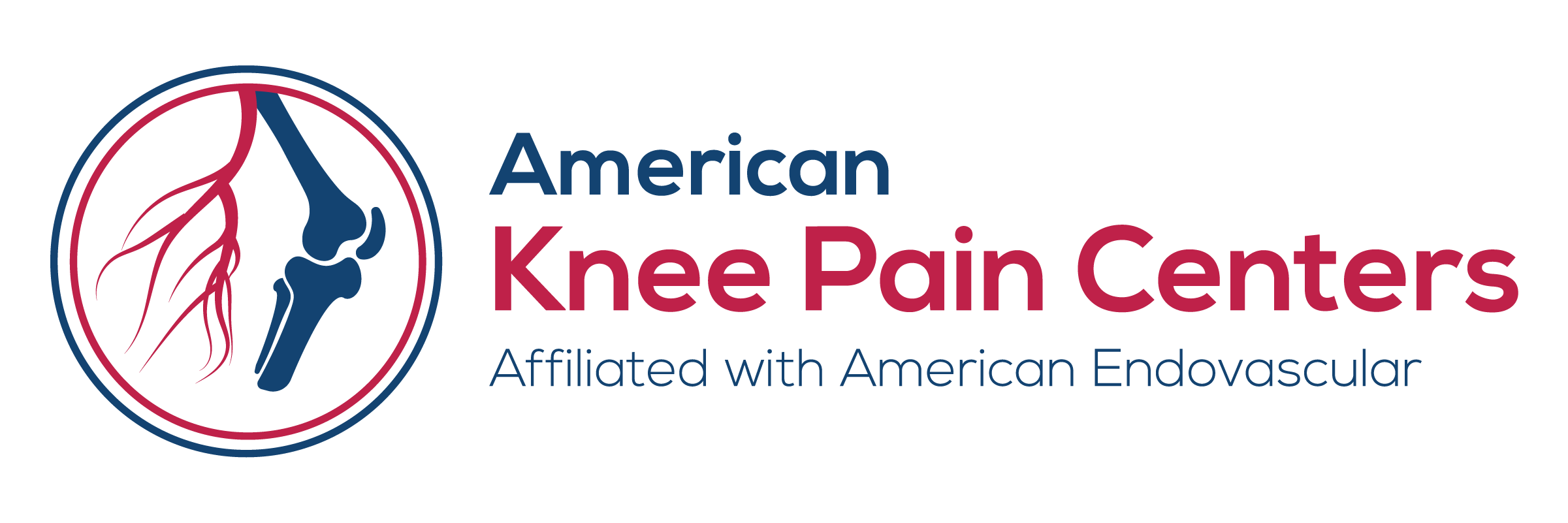
Genicular Artery Embolization FAQs
Considering genicular artery embolization (GAE) for your knee pain? This minimally invasive procedure offers an alternative to knee replacement surgery. Our FAQ section addresses frequently asked questions about GAE, including who it helps, how it works, and what to expect during and after the procedure. Read on to learn if GAE might be right for you.
Genicular artery embolization (GAE) is a minimally invasive image-guided procedure used to treat chronic knee pain caused by osteoarthritis. Osteoarthritis is a degenerative joint disease that causes the breakdown of cartilage in the knee joint, which can lead to inflammation, pain, stiffness, and swelling.
Good candidates for genicular artery embolization are patients who are over the age of 40, have moderate to severe knee pain caused by osteoarthritis, knee tenderness, stiff knees, and have not responded to conservative treatment options such as medications, physical therapy, and knee injections.
GAE is not considered a major surgery. It is a minimally invasive procedure performed by an interventional radiologist using image guidance and involves accessing the genicular arteries around the knee joint through a small incision, typically in the groin area. Compared to traditional open surgeries like knee replacement, GAE is less invasive, resulting in smaller incisions, reduced trauma to surrounding tissues, and typically shorter recovery times.
GAE is performed by an interventional radiologist under local anesthesia. Using image guidance (such as fluoroscopy or ultrasound), the physician inserts a catheter into the femoral artery in the groin area and navigates it to the genicular arteries around the knee joint. Once in position, embolic agents (particles or coils) are injected to block the blood flow to these arteries.
Compared to traditional knee replacement surgery, genicular artery embolization has a reduced risk of bleeding, infections, and fewer complications overall. Any complications that do occur tend to be minor, typically involving bruising, discoloration, and discomfort localized at the treatment site.
GAE is generally a short 1-2 hour procedure where you can expect to return home the same day. Light activities can typically be resumed within one week following the procedure. However, we recommend avoiding high-impact activities for at least two weeks after the procedure.
Although GAE does not provide a permanent cure for knee osteoarthritis, it provides significant knee pain relief for a minimum of 1-3 years.
According to the National Institutes of Health, GAE has a success rate of 99.7%. Most patients who receive the procedure claim to experience a significant reduction in knee pain and improvements in knee function.
Insurance for GAE covers roughly 50% of the procedure. However, please reach out to your health insurance provider to verify your coverage and associated costs prior to undergoing the procedure.

